Texas, renowned for its vast landscapes and booming cities, has long been a land of opportunity for homeowners. However, beneath its sunny facade lies a storm of a different kind—one that's brewing in the realm of residential home insurance. In recent times, the Lone Star State has been grappling with a crisis in its home insurance market, leaving homeowners stranded in a whirlwind of uncertainty. Let's delve into the heart of the issue to understand why the residential home insurance landscape is facing turbulent times in Colleyville and beyond.
The Current State of Affairs
Texas, with its susceptibility to natural disasters like hurricanes, floods, and tornadoes, has always presented unique challenges for insurers. However, the situation has intensified in recent years. The state has witnessed a surge in catastrophic events, causing insurers to incur substantial losses. Hurricanes Harvey, Irma, and Maria, in particular, inflicted significant damage, resulting in billions of dollars in claims. Roofs, in particular, have been problematic for homeowners because of the inconsistencies between what is deemed acceptable to potential insurers.
Consequently, insurance companies have tightened their grip on the DFW market. Many have ceased accepting new business altogether, citing the high-risk nature of the state's geography. For existing policyholders, the situation isn't much better. Renewal premiums have skyrocketed, with some homeowners facing exorbitant price hikes, far beyond what they can afford. Most insurance companies participate in the Comprehensive Loss Underwriting Exchange (CLUE) and obtain a CLUE report to evaluate the claims history of the property and the applicant, which directly impacts the real estate market.
Why the Sudden Surge?
Several factors have converged to exacerbate the crisis in Texas' residential home insurance sector. One primary factor is the increasing frequency and severity of natural disasters.
Another ongoing concern is that Texas' rapid population growth has placed additional strain on its housing infrastructure. As more homes are built in vulnerable coastal and flood-prone areas, insurers face heightened risks, prompting them to reassess their underwriting practices, resulting in more rigorous qualifications and increased prices.
The Role of Regulation
While insurers point to the unpredictability of natural disasters as justification for their actions, critics argue that regulatory factors also play a significant role in aggravating the crisis. Texas' insurance market operates under a regulatory framework that allows insurers considerable freedom in setting rates and underwriting policies.
However, this lack of stringent regulation has led to a scenario where insurers can easily pull out of certain markets or impose drastic rate increases without facing significant pushback. Critics argue that this laissez-faire approach disproportionately impacts low-income homeowners and exacerbates socio-economic disparities, in addition to making things more difficult and unaffordable to the community at large.
The Human Cost
Behind the statistics and policy debates lie the stories of real people grappling with the consequences of Texas' residential home insurance crisis. For many homeowners, insurance premium increases have become unsustainable, forcing them to make difficult choices between protecting their homes and meeting other essential expenses; a choice no one should have to make.
Some homeowners have been left uninsured altogether, unable to find affordable coverage in the market. This leaves them dangerously exposed to the whims of nature, with little recourse in the very real event of a disaster.
Finding Solutions
Addressing Texas' home insurance problem requires a multi-faceted approach that balances the interests of homeowners, insurers, and regulatory authorities. One potential solution is increased investment in infrastructure and disaster mitigation efforts to reduce the frequency and severity of claims.
Additionally, policymakers must reassess the regulatory framework governing the insurance market to ensure that it strikes a balance between consumer protection and industry stability. This may involve implementing measures to prevent insurers from cherry-picking low-risk policies while leaving high-risk homeowners vulnerable.
Moreover, fostering greater transparency and competition within the insurance market could help alleviate some of the pressure on homeowners by providing them with more options and negotiating power, giving the potential for more affordable rates.
Partner with a Trusted Real Estate Advisor
Texas' residential home insurance crisis is a stark reminder of the complex interplay between natural disasters, regulatory frameworks, and market dynamics. As the state grapples with the fallout from successive storms and mounting insurance costs, finding sustainable solutions becomes paramount. The Wall Team Realty Associates participate in more than real estate transactions. We are experts in all aspects of real estate and are well-connected with resources to help guide you through the volatile insurance market in DFW.
Ultimately, addressing the root causes of the crisis requires collaboration between policymakers, insurers, and homeowners to ensure that Texas remains a place where everyone can find shelter from the storm, but our team will utilize our resources and knowledge to help educate our clients to best navigate the terrain.
Information is sourced from various locations.

